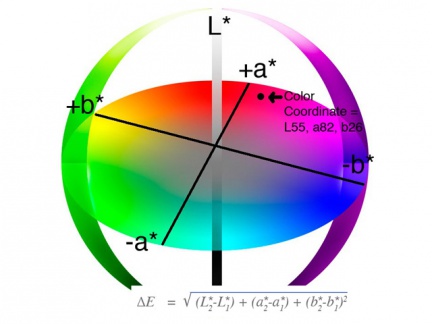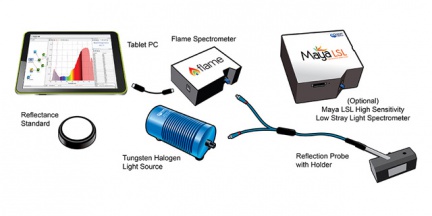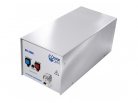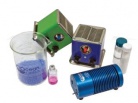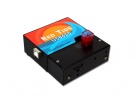The way our eyes register colour is not directly related to easily measurable quantities such as light intensity. Colour perception depends on the object under examination, the light source and, ultimately, the observer himself. Colour measurement is therefore one of the more challenging tasks.
Standardised norms have been introduced to describe colours objectively. There are several coordinate systems in which colours are specified (xyz, XYZ, RGB, CMYK). One of the most commonly used colour spaces is the CIE L*a*b* (CIELAB), where the difference between two colours is expressed using the Delta E parameter - see the equation in the figure showing the L*a*b* coordinates. A Delta E value between 1 and 3 is typically undetectable to the human eye.
The L* component indicates the specific lightness and takes values from the interval 0 (black) to 100 (white). The a* axis runs from green to red, and the b* axis runs from blue to yellow.
Colour measurement setup
Modular color measurement kits can be easily adapted to a wide range of sample types - from flat to rough and curved to particle composites. They consist of a fiber spectrometer, a continuous output light source, a reflectance probe, a reflectance standard and control software. The correct choice of the combination of the individual components depends on the final application.
We will be happy to help you with your selection. Suitable spectrometers are mainly Flame-S, USB2000+, Maya-LSL, Torus and Jazz.
Application examples
Today, colour measurement and comparison is primarily used for quick and easy quality control of individual products. Typical applications include:
- Textile industry - studying changes in fabric whiteness, comparing different batches
- food industry - checking the quality of food, setting the desired colour of the product
- commercial lighting - checking the consistency of light sources used within the limits of human resolution
Report source:
Ocean Optics, Determining Color Differences oceanoptics.com
